Introduction
When it comes to cutting men’s hair, clippers are commonly used due to their efficiency and versatility. However, there are alternative tools and techniques that can be used to achieve different styles and textures. In this article, we will explore various options besides clippers that can be used to cut men’s hair. From scissors to razors, we will discuss the tools and techniques that can help you achieve desired results. By understanding these alternatives, you can choose the method that best suits your preferences and desired hairstyle.
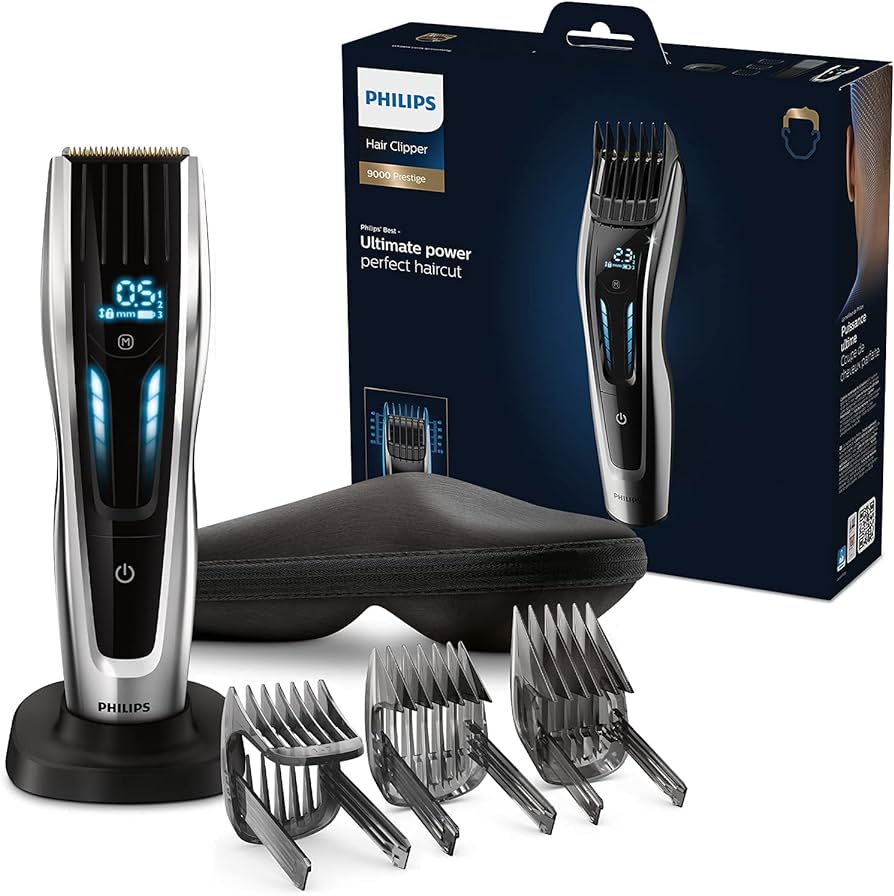
Is there anything else I can use to cut men’s hair besides a clipper?
Scissors
Scissors are a classic tool for cutting hair and offer precise control over the cutting process. They can be used to achieve a wide range of styles, from traditional to modern. Consider the following techniques when using scissors to cut men’s hair:
Point cutting: Point cutting involves cutting the hair ends at various angles rather than straight across. This technique adds texture and movement to the hair, creating a more natural and layered look.
Slide cutting: Slide cutting involves sliding the scissors down the hair shaft while cutting. This technique creates softness and removes bulk, making it ideal for thinning out thick hair or adding texture to straight hair.
Scissor over comb: This technique involves using a comb as a guide while cutting the hair with scissors. The comb allows for precise control and helps achieve an even length throughout the haircut. It is commonly used for tapering, blending, and creating fades.
Tips: Use high-quality hair cutting scissors that are specifically designed for professional use. Keep the scissors clean and sharp for optimal performance. Practice proper hand positioning and tension control to ensure smooth and accurate cuts.
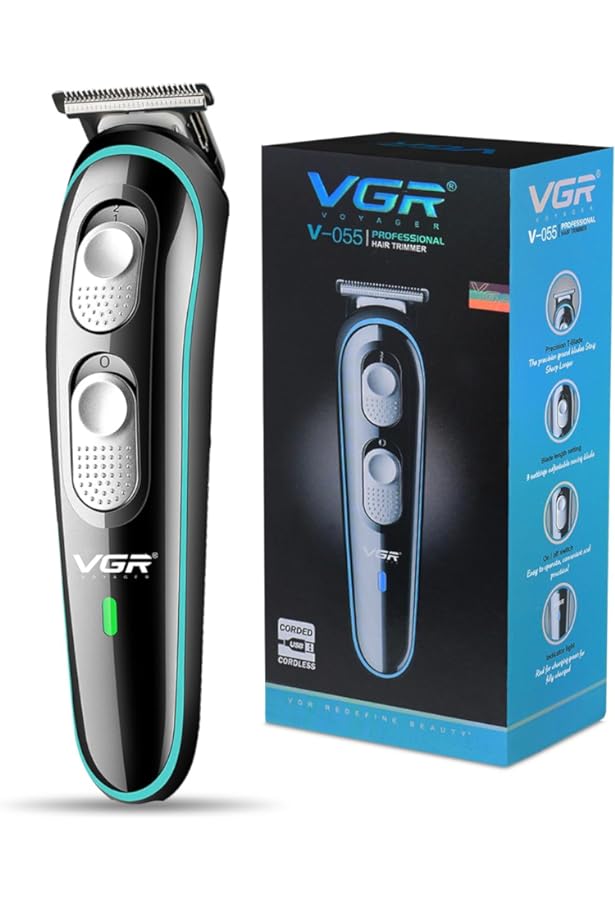
Razor Cutting
Razor cutting involves using a straight razor or a razor comb to cut the hair. This technique creates a softer, textured look and is popular for achieving a tousled or layered style. Consider the following tips when using a razor for cutting men’s hair:
Feathering: Feathering is a technique that involves using a razor to create soft, wispy ends. It adds movement and texture to the hair, making it suitable for creating a natural, lived-in look.
Razor over comb: Similar to scissor over comb, this technique involves using a comb as a guide while cutting the hair with a razor. The razor glides smoothly over the comb, removing excess bulk and creating a textured effect.
Tips: Ensure the razor blade is sharp and use caution to avoid any cuts or nicks. Use a light touch to prevent excessive hair removal and maintain control during the cutting process.
Trimmers
Trimmers, also known as edgers or detailers, are smaller versions of clippers designed for precision work. They are commonly used to clean up the hairline, shape sideburns, create sharp lines, or add detail to haircuts. Consider the following techniques when using trimmers:
Outlining: Use trimmers to create clean lines around the hairline, sideburns, and neckline. This technique helps define the shape of the haircut and gives it a polished appearance.
Tapering: Use trimmers with different guard sizes to taper the hair in specific areas, such as the sides, back, or neckline. This technique creates a gradual transition from shorter to longer hair, resulting in a more blended and refined look.
Tips: Ensure the trimmers are properly maintained, clean, and oiled for optimal performance. Take your time and work slowly to achieve precision and avoid mistakes.

Shears-Over-Comb
Shears-over-comb is a technique that involves using scissors with a comb as a cutting guide. This technique is commonly used to create a gradual taper or blend between different hair lengths. Consider the following steps when using shears-over-comb:
Select the appropriate comb size: Choose a comb that matches the desired length or blending effect you want to achieve. Comb the hair up and hold the comb parallel to the head.
Cut with scissors: Using the comb as a guide, hold the scissors at an angle and cut the hair that protrudes through the teeth of the comb. Repeat the process, moving the comb through the hair and cutting accordingly to achieve the desired taper or blend.
Tips: Practice maintaining consistent tension between the comb and the scissors. Use a comb with fine teeth for more precise cutting and a comb with wider teeth for a more gradual blend. Keep the comb and scissors clean to prevent any hair residue from interfering with the cutting process.
Thinning Shears
Thinning shears, also known as texturizing shears or thinning scissors, are designed to remove bulk and add texture to the hair. They have teeth on one blade to create spaced-out cuts, allowing for controlled thinning without removing excessive length. Consider the following techniques when using thinning shears:
Point-cutting: Point-cutting with thinning shears involves cutting the hair ends at various angles, similar to using regular scissors. This technique helps add texture and movement to the hair, reducing bulk and creating a more natural look.
Blending: Use thinning shears to blend different hair lengths or textures, such as blending longer top hair with shorter sides or blending layers in longer hair. This technique helps create a smooth transition and a more blended appearance.
Tips: Use thinning shears sparingly to avoid over-thinning the hair. Begin with small, conservative cuts and assess the results before continuing. Ensure the shears are clean and well-maintained for optimal performance.
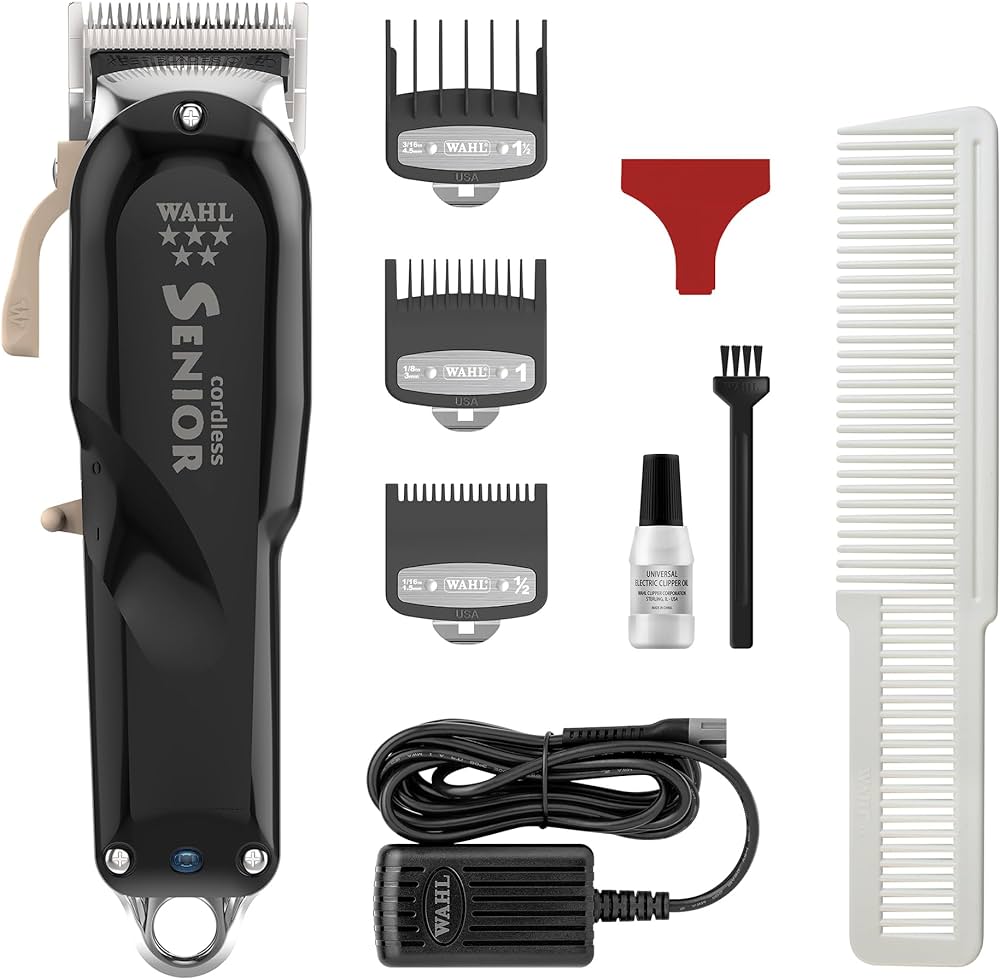
Combining Techniques
In many cases, a combination of different techniques and tools can be used to achieve the desired haircut. For example, you might use clippers for the sides and back, scissors for the top, and trimmers or a straight razor for precise detailing. Experimenting with different combinations allows for greater creativity and customization based on individual preferences and the desired hairstyle.
Seeking Professional Assistance
If you are unsure about the techniques or tools required for a specific haircut or style, consider seeking assistance from a professional barber or hairstylist. They have the expertise and experience to recommend the most suitable tools and techniques for achieving your desired look. Professional advice can also help ensure that the haircut is executed with precision and accuracy.
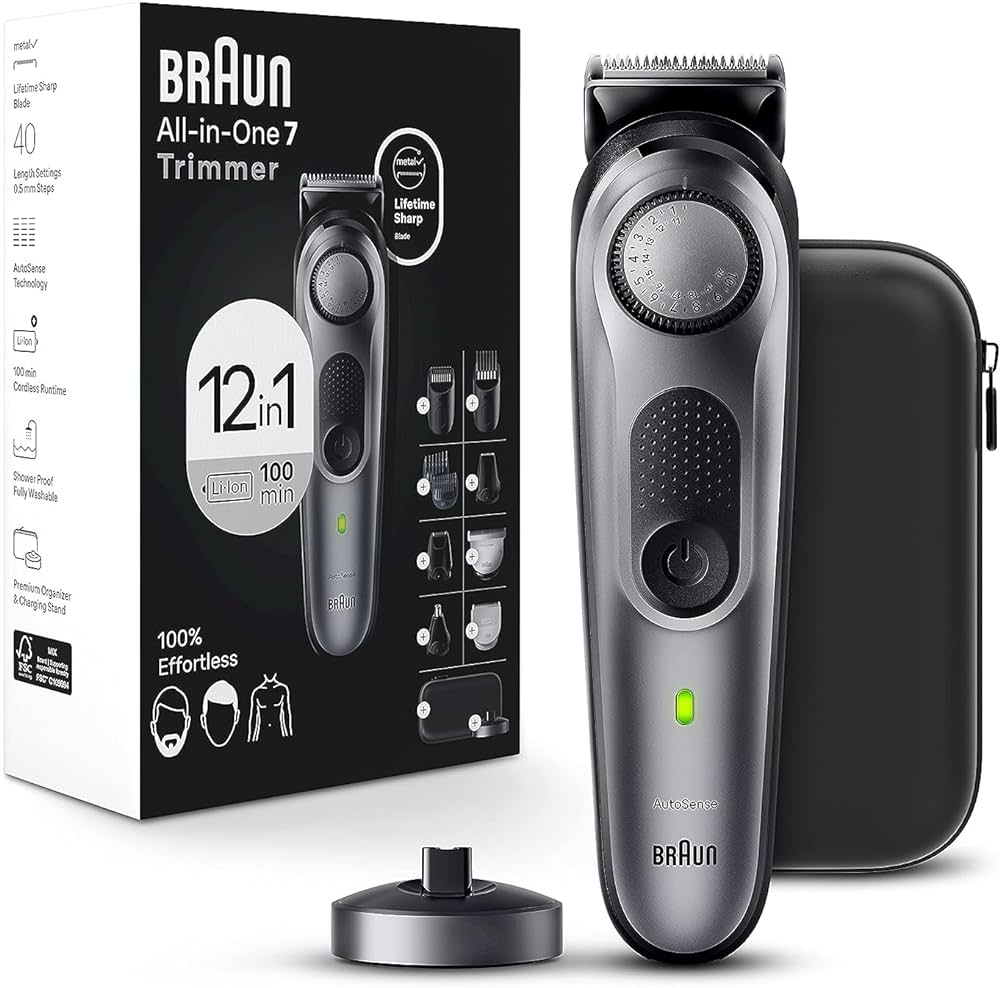
Conclusion
While clippers are commonly used for cutting men’s hair, there are alternatives that can be used to achieve different styles and textures. Scissors, razors, trimmers, shears-over-comb, thinning shears, and a combination of techniques can all provide excellent results depending on the desired hairstyle. Experimenting with different tools and techniques allows for customization and creativity. However, it is important to practice and develop skills with alternative tools to achieve consistent and satisfactory haircuts. Seeking professional assistance is always an option if you are unsure or seeking a more complex hairstyle. By exploring these alternatives, you can find the approach that best suits your preferences and achieves the desired look.
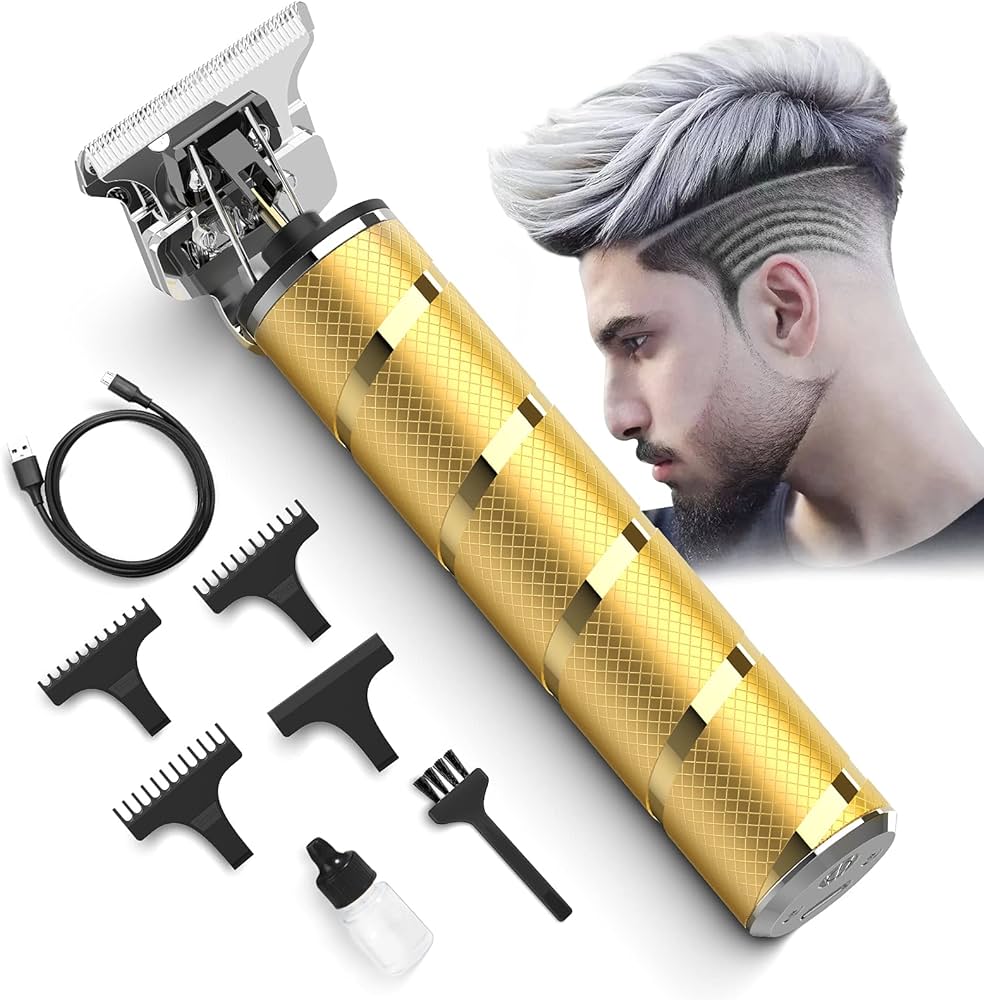
Leave a Reply